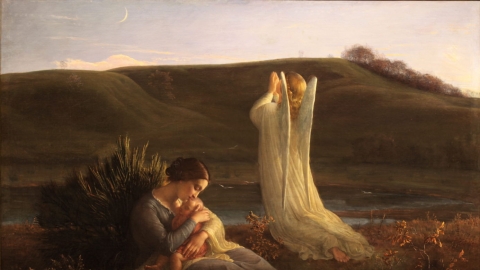At the Heart of the Church: The Cardinals

On September 30, 2023, Pope Francis is presiding over an ordinary public consistory during which 21 cardinals will be created. This is an opportunity to look a little more closely at the role of cardinal which arouses so much mystery and fantasy in popular culture.
In the Church of the first centuries, a bishop, a priest, and even a deacon could bear the name of cardinalis when he was, through his functions, attached in a stable manner to any church. This place of worship was for him the cardo, the pivot, of his missionary activity. From the 8th century, there was a slight evolution because the term cardinal began to be reserved for the clergy of the episcopal city.
Little by little, the cardinals become the special prerogative of the Church of Rome which is, as Pope Leo IX indicates, the cardo par excellence, the heart of the society founded by Jesus Christ for the salvation of its members.
The cardinals, taken as a whole, form the Sacred College, and it is up to certain of them – who meet the requirements of the law, e.g., concerning the age limit – to elect the successor of Peter, a custom solemnly confirmed by Pope Nicholas II in 1059. Generally speaking, their mission is to help the Pope in his mission of governing the universal Church.
It is up to the pope alone to appoint – to create – cardinals, after having asked, if he judges it appropriate, the opinion of others. To confer their new dignity on the elected officials, the sovereign pontiff organizes an ordinary public consistory, a ceremony during which he imposes a red baretta and a ring on the new cardinals in order to mark that a cardinal must be ready to confess the faith, even at price of his life, and remain faithful to the Church like a husband to his wife.
Enough to make more than one porporato meditate today! Porporato is a synonym for “cardinal” which refers to the color purple which has been one of its official attributes since Pope Innocent IV, in the 13th century.
There are, within the Sacred College, three “classes” of cardinals: cardinal-bishops, cardinal-priests, and cardinal-deacons. These classes are not based on the power of order – most of the members of the Sacred College are bishops – but they depend solely on the ecclesiastical title, that is to say on the parish of Rome symbolically assigned to each one elected at the time of his promotion.
The college of cardinals is presided over by a dean who is not the oldest of the members who compose it, but one of the cardinal-bishops elected by his peers, then appointed by the pope. Currently it is the Italian cardinal Giovanni Battista Re who fulfills this function. He is assisted by a vice-dean, the Argentine Cardinal Leonardo Sandri.
The oldest cardinals of each class – cardinal proto-priest and cardinal proto-deacon – also have particular responsibilities. This is whey it is the cardinal proto-deacon who is responsible for announcing, at the end of the conclave, the name of the elect.
As of September 17, 2023, 13 days before the consistory of September 30 and the date on which Cardinal Angelo Comastri reached the age limit of 80 years, which has caused him to lose his right to elect a pope, the college of cardinals has 221 cardinals, including 119 elector cardinals and 102 non-voting cardinals.
Related links
(Source : Dictionnaire de théologie catholique – FSSPX.Actualités)
Illustration : Centro Televisivo Vaticano, CC BY 3.0, via Wikimedia Commons





